Garmin Adds Constant Connectivity to its Ultimate Forerunner 945
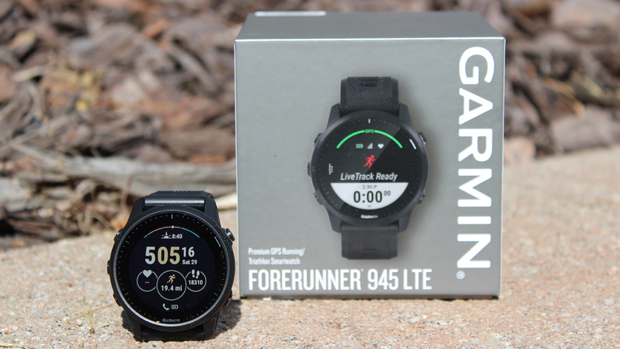
Garmin’s Forerunner 945 LTE extends the 945 as its ultimate watch with a few small refinements and a major safety and connectivity feature. It is critical to call out that the 945 LTE is not a phone on your wrist; that is not its purpose. Garmin added the LTE feature to solve for a specific athlete use case and help some leave their phones behind.
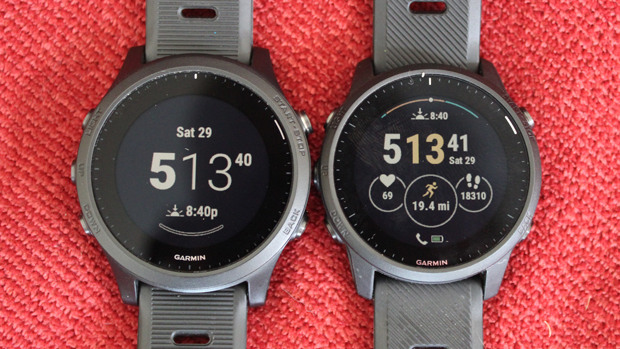
There are generally 3 reasons someone carries a phone during a workout: 1) to listen to music, 2) to provide mapping and navigation for an unfamiliar route, and 3) to have the safety net for tracking & emergency communication. Garmin has been addressing these reasons across its products over the past few generations. Phones are no longer needed for mapping and music. The 945 LTE solves most of the safety needs through its live tracking and emergency notification. So, the only potential outstanding reason someone might carry a phone during a workout is to be able to make a phone call or text for some general assistance need.
The Forerunner 945 LTE is intended for multisport athletes who do not want to carry a phone but do want safety and tracking features for greater peace of mind.
LTE: WHAT DOES IT DO
Garmin offers or enhances several services and features through LTE:
• Incident Detection
• Assistance
• Assistance Plus
• LiveTrack
• Live Event Sharing
• Spectator Messaging
Incident Detection has been around for a while on Garmin devices. If the device detects an incident (crash), it will automatically send a notification to your selected contacts. With LTE, Incident Detection does not depend on your phone.
Assistance is a new feature. When you push and hold the top left button, it will manually trigger a notification to your selected contacts.
Assistance Plus sends emergency notifications to the Garmin IERCC, a 24/7 emergency response coordination center. This is the send emergency help feature in which the IERCC will contact and coordinate with emergency services or others to provide assistance and stay in contact through two-way messaging with the watch until the emergency is resolved.
LiveTrack, Live Event Sharing, and Spectator Messaging are the fun features. LiveTrack is not new, but doing it without a phone is new. Live Event Sharing lets you automatically send pace and mileage updates to your contacts during a race. And Spectator Messaging lets your crew send you motivational audio and text messages. I can think of a few races where I would have begged for Spectator Messaging to survive.
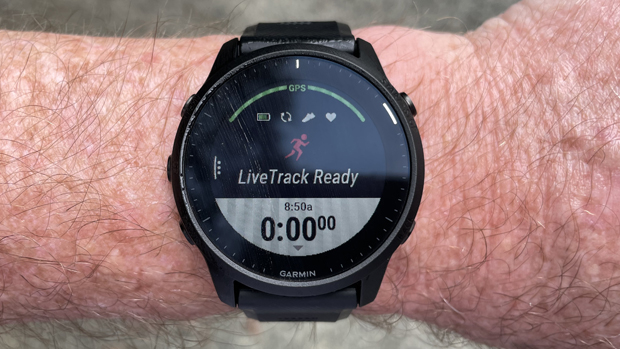
LTE: HOW DOES IT ALL WORK
You subscribe to the LTE service through Garmin in the mobile Garmin Connect app; you do not add it to your existing cell carrier. Garmin currently has full services, dubbed Assistance Plus, in the U.S., Canada, New Zealand, Germany, France, Spain, Switzerland, Norway, Denmark, Belgium, Netherlands, Taiwan, and Singapore. And they have limited features available in Mexico, Japan, Thailand, Hong Kong, and Israel. Additionally, they have interoperability within North America and within Europe & Asia. A North American watch will not have LTE connectivity in Europe or Asia, and vice versa, at this time. Keep that in mind when purchasing, especially from certain large online retailers. The Forerunner 945 LTE is intended for runners and cyclists who do not want to carry a phone but do want safety and tracking features for greater peace of mind.
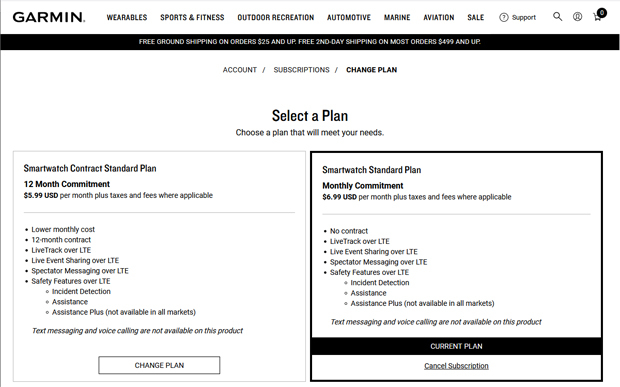
WHAT ELSE
The Forerunner 945 LTE is largely the same as the original 945. There are a few subtle updates and improvements in addition to the LTE feature. The first thing I noticed is that the 945 LTE is a little smaller. This is huge to me, and I would pick the watch for this, even if I never planned to use the LTE features. The Forerunner 945 LTE is 44.4 x 44.4 x 13.9mm and weighs 49 grams. The Forerunner 945 is 47 x 47 x 13.7 mm and weighs 50 grams.
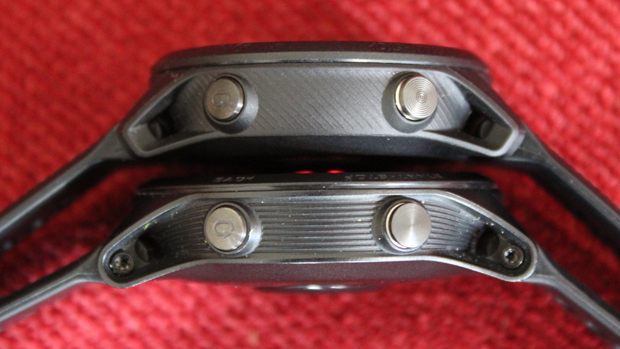
The 945 LTE user interface is slightly different. The button behaviors are the same, but the screen cues and layouts are a little different on the LTE version. I like the new UI, but Garmin has no plans to retroactively update the original 945 to the same UI.
Garmin added a new interval feature which is really three in one: Interval Classifications happen on the watch, for example you will see “fast time” segregated out; Open Repeats mode lets you do intervals in real-time without having to set anything up (real-time counting of intervals versus laps as well as a real-time data screen of intervals completed; and Automatic Detection of intervals lets you “just run.”
Finally, the 945 LTE HR sensor is a newer version with improved performance over the original. I will trust Garmin on this, because I am one of those for whom wrist HR monitors work well. The 945 LTE HRM worked perfectly well for me in intervals, long runs, and pool workouts.
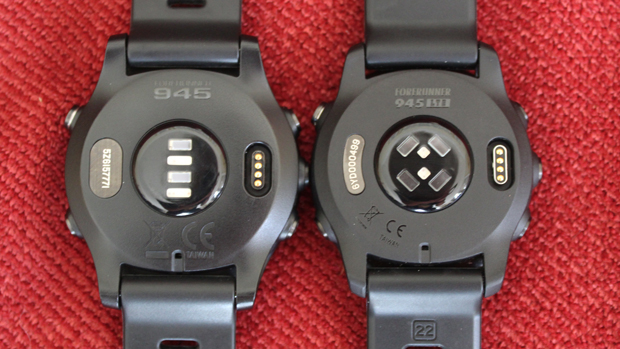
WHAT WILL IT COST
The 945 LTE is priced $50 USD more than the original Forerunner 945 respective models, beginning at $649.99. The cost of using the LTE during a workout is about 30% of battery life, using my simple math. Its absolute worst-case battery scenario is 7 hours GPS, music, and LTE. This would easily get most people through a half-distance triathlon if music were allowed. If you ditch the music, then the watch would probably last around 20 hours, which is more than most people would need except for a handful of ultra races.
The other cost is the LTE subscription. Garmin offers two plans in the U.S.: a monthly plan with no contract for $7/month and an annual plan for $6/month.
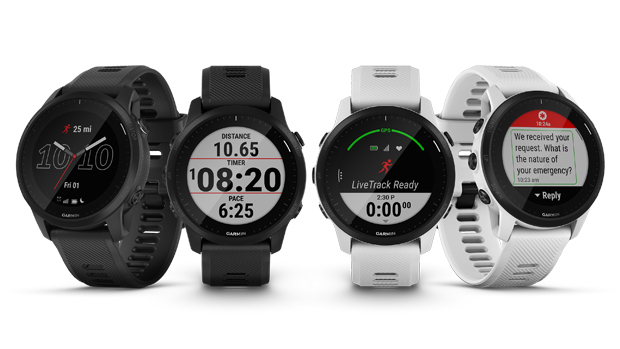
THE DECISIONS
Garmin’s 945 LTE has nearly every imagined feature in a premium multisport watch and is almost identical to the original 945 in that regard. If the emergency connectivity was the last thing causing you to hold on to your phone during runs and rides, the Forerunner 945 LTE is the watch you have been looking for. It would be worth upgrading from a 945 to get this and leave the phone behind. If you are shopping for a new watch, and the slightly smaller size is appealing, then the 945 LTE could be the watch for you, even if you have no plans to use the LTE features.



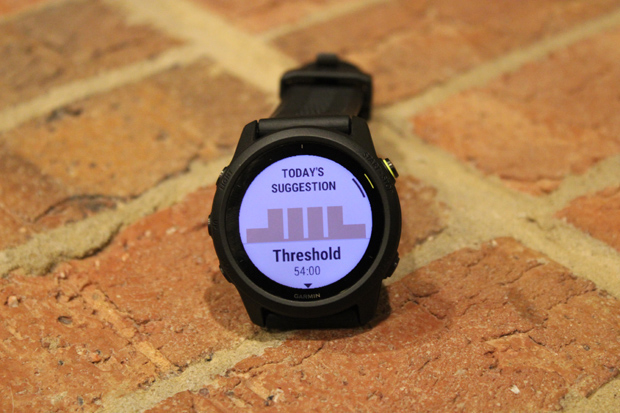
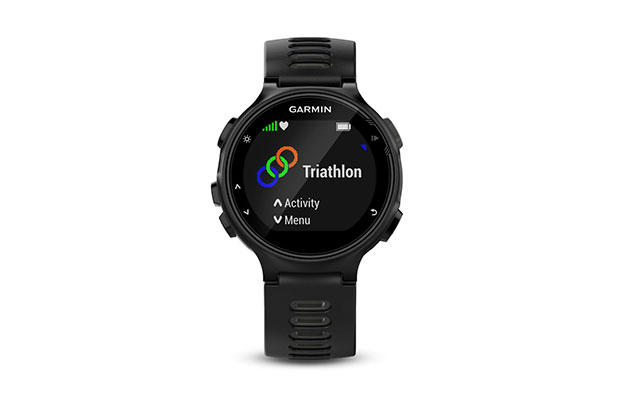

Start the discussion at forum.slowtwitch.com